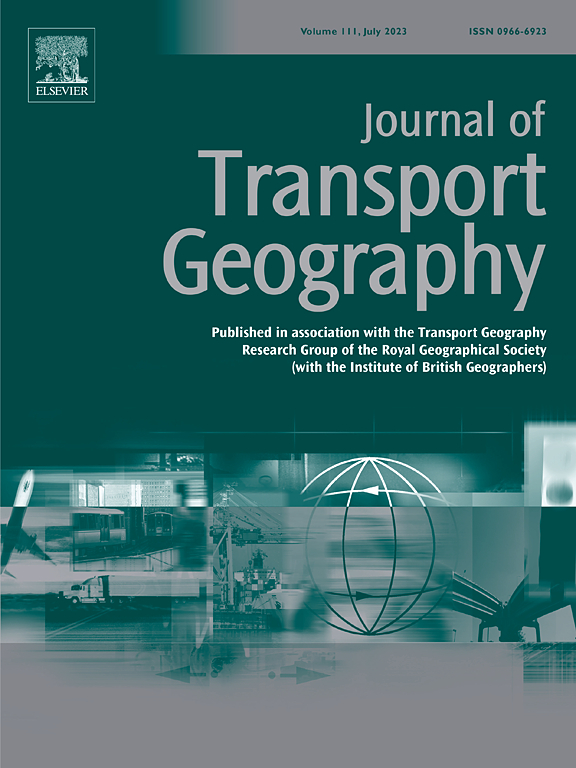关键社区疏散区域识别
IF 6.3
2区 工程技术
Q1 ECONOMICS
引用次数: 0
摘要
暴露于一系列危险是生活中的事实,但风险和脆弱性因你居住的地方、你经常去的地方和你相关的社会经济特征而异。许多危险引发社区反应,包括疏散人员和财产,这是一种经过验证的行动,可以减少生命损失和伤害。有效和高效的疏散需要许多相互依存的操作,包括社区通知、运输援助、交通流量管理和安全的避难地点。然而,这必须集中在那些处于或可能处于危险中的社区。详细介绍了形式化和定义疏散社区或关键集群的方法。提出了一种新的空间优化模型,用于识别在紧急情况下可能限制交通流量的社区及其相关出口道路。对圣巴巴拉沿海地区的疏散脆弱性进行了研究,表明由于交通基础设施的固有瓶颈,社区面临着各种各样的风险。调查结果强调,在紧急情况下,有许多可能难以疏散的社区,至关重要的是,这些地区必须制定行动计划,确保出口道路保持正常运转,没有事故或其他中断,以确保人员的安全流动。本文章由计算机程序翻译,如有差异,请以英文原文为准。
Critical neighborhood evacuation area identification
Exposure to a range of hazards is a fact of life, but risk and vulnerability varies based on where you live, the places you frequent and your associated socio-economic characteristics. Many hazards trigger community responses that involve evacuation of people and property, a proven action that reduces the loss of life and injury. Effective and efficient evacuation requires many interdependent operations, including community notification, transportation assistance, management of traffic flows and safe locations to harbor people. However, this must be focused on those neighborhoods that are or could be in danger. Methods to both formalize and define evacuation neighborhoods, or critical clusters, are detailed. A new spatial optimization model is introduced for identifying these neighborhoods as well as their associated exit roads that may restrict traffic flow during an emergency. Evacuation vulnerability in coastal Santa Barbara is undertaken, demonstrating the heterogeneous risk that communities face due to inherent bottlenecks in transportation infrastructure. The findings highlight that there are many potentially difficult neighborhoods to evacuate during an emergency, and it is critical that these areas have operational plans in place for ensuring that exit roads remain functional, free of accidents or other disruptions, to ensure the safe movement of people.
求助全文
通过发布文献求助,成功后即可免费获取论文全文。
去求助
来源期刊

Journal of Transport Geography
Multiple-
CiteScore
11.50
自引率
11.50%
发文量
197
期刊介绍:
A major resurgence has occurred in transport geography in the wake of political and policy changes, huge transport infrastructure projects and responses to urban traffic congestion. The Journal of Transport Geography provides a central focus for developments in this rapidly expanding sub-discipline.
 求助内容:
求助内容: 应助结果提醒方式:
应助结果提醒方式:


